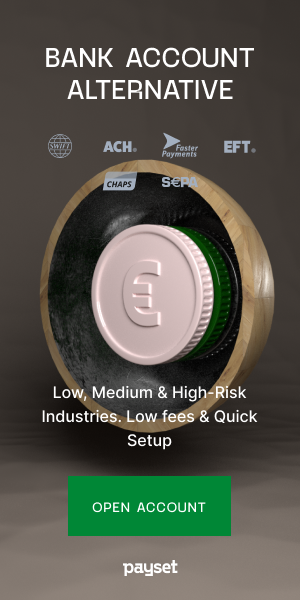Loopring (LRC) price
- LRC - USD (United States Dollar)
- LRC - EUR (Euro)
- LRC - GBP (British Pound Sterling)
- LRC - RUB (Russian Ruble)
Market cap
$328,539,351
1,314,961,794 LRC
Volume (24H)
$15,377,663
61,548,304 LRC
Day's range
$0.2471 - $0.3151
0.00000422 BTC - 0.00000539 BTC
Last trade
1.01182950 LRC
yobit $0.2397
Open price (24h)
$0.2727
52 Weeks. Low - High
$0.2300 - $0.3200
Supply
1,373,873,397 LRC
Max supply
1,395,076,055 LRC
Open/Close in UTC time
| Date | Close Price | Open price | Volume (24H) | Market Cap | Day's range |
|---|
What is Loopring?
Loopring is a decentralized, cryptocurrencies exchange in the Blockchain. The goal of Loopring is to provide traders with a more efficient execution of transactions. This is achieved via Loopring’s ability to generate liquidity by breaking orders into small pieces that are placed across all market venues simultaneously. Additionally, as funds remain in the Blockchain, users are protected by counterparty threats like exchange bankruptcies and DDOS attacks.
The Company Behind Loopring
Registered in the British Virgin Islands, Loopring raised $45 million during a 15-day ICO event, that took place in August, 2017. The founder Daniel Wang’s vision was to create a robust, more secure and user-friendly protocol to trade tokens, by utilizing Smart Contracts based on the Ethereum Blockchain. Loopring’s future target is a market volume of $4 billion (US) per-day.
Why Loopring?
Loopring’s unique features achieve the following four goals:
- Reduces the risks of depositing and locking assets on a third-party institution – Assets remain at the user’s premises until an order is executed and verified
- Guarantees high liquidity, through ring-matches and splitting the amount into smaller pieces and across multiple exchanges to execute the transaction faster than any exchange would be able to deliver independently
- Eliminates high fees from exchanges. Instead, Loopring introduces a fair system to compensate all the parties involved in every transaction (Makers, Takers, and Miners)
- The decentralization and transparency of the Blockchain ensures higher security and supervision of the assets over a traditional exchange
How Does Loopring Work?
Based on ERC20, Loopring is an open source protocol, with the team’s commitment to spread across all Blockchains in the future. A brief technical overview of the way it works is the following:
- Members are provided with a wallet, where they have access to their tokens, with the ability to send buy/sell orders to the network.
- The orders are being broadcasted to the relays, operated by the ring-miners
- Orders are collected by the miners and added to their orderbook. They then automatically search for a match, (at the requested rate or better), on the interconnected exchanges. If the order cannot be executed at once, it is then automatically broken down into smaller increments, to be ring-matched with multiple orders. During this time, assets remain in the user’s wallet and unlocked, until the match is successful
- The ring is then received by the Loopring protocol contract. An automatic check runs, to verify if the order can be fully or partially executed. If requirements are met, the tokens are swapped with success, while holding a fee for the miner(s), respectively.
Price Forecast and How to Buy
Loopring’s market price was USD $1.53 in January 2018, with a market cap of USD $47 million. With a circulating supply of 1,395,076,054 LRC tokens and a high 24-hour volume of trades, technical analysis for Loopring shows a bullish trend, and it is recommended for long-term investments.
Loopring can only be exchanged for other cryptocurrencies, therefore you should convert your fiat money at a reputable exchange for Bitcoin or Ethereum and then choose a cryptocurrency exchange to buy Loopring.


